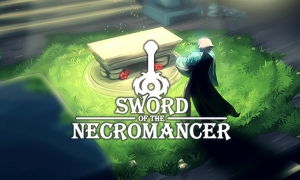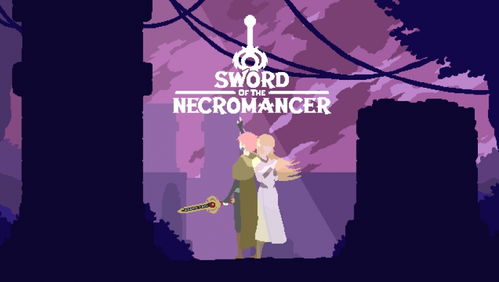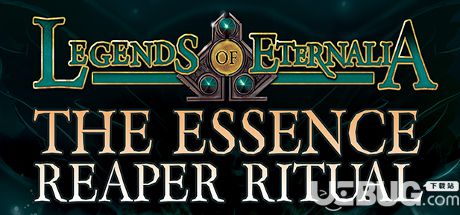来源:小编 更新:2024-11-06 02:36:14
用手机看

The necromancer, a figure steeped in mystery and darkness, has long been a staple in fantasy literature, video games, and other forms of entertainment. This article delves into the origins, abilities, and cultural significance of the necromancer, exploring why this enigmatic character continues to captivate audiences around the world.

Originating from ancient mythology and folklore, the necromancer is often depicted as a sorcerer or巫师 who specializes in the dark arts. These practitioners of forbidden magic are believed to have the power to control the dead, summon spirits, and even resurrect the deceased. The necromancer's origins can be traced back to various cultures, including ancient Greece, Egypt, and the Middle East, where they were often feared and misunderstood.


The necromancer's primary abilities revolve around death and decay. They can summon undead creatures, such as skeletons, zombies, and ghosts, to do their bidding. These creatures are typically weak and slow but can be a formidable force in numbers. Additionally, necromancers often have the power to drain life force from their enemies, restoring their own vitality in the process.
Some of the key abilities associated with necromancers include:
Summoning undead creatures
Draining life force
Controlling the dead
Inflicting dark curses


The necromancer has appeared in numerous works of fiction and media, each bringing their own unique twist to the character. Some of the most famous necromancers include:
Dracula by Bram Stoker: The iconic vampire Count Dracula is often considered a necromancer due to his ability to control the undead and his dark, supernatural powers.
The Necromancer from